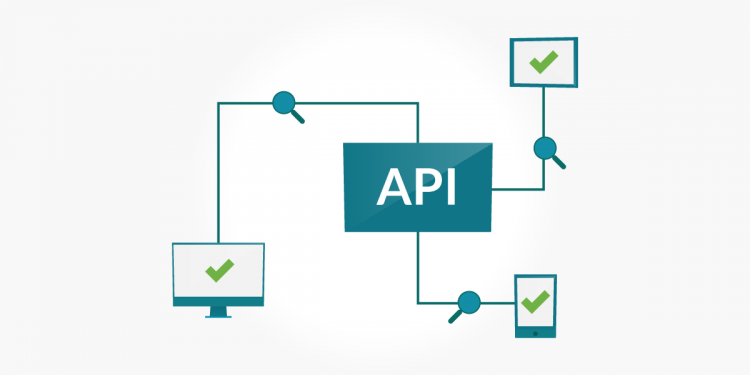Application programming interfaces provide all the tools necessary for software elements to interact correctly with one another. With the set of routines, protocols, and tools for building software applications, APIs can integrate and mediate various systems or applications where resources are shared. Due to the complexity involved, testing APIs can be challenging. However, by knowing the right tips, even beginners can learn how to conduct API testing in the proper manner.
What exactly is API testing?
APIs are tested to identify security vulnerabilities, inconsistencies, bugs, and failures. Testing basically helps you to find out whether services are performing according to the request they sent and if the server responds or not. API testing also helps to ensure the API meets the original functional needs used to create it so that any mistakes can be stopped from becoming introduced to the API as it is modified.

Choose the Right Tools
One of the best API testing tips is to choose the right tools for the job. The process of testing APIs has become much easier since the availability of API testing tools. They come with features like mocking, creating specifications, and automated testing. Furthermore, API testing tools can support different environments, such as cloud integration and API collections. With hundreds of API testing tools on the market, it is important you shop around to find the right tool for your requirements. Pay attention to features like integration, organization, and customization. Some of the best API testing tools on the market are RapidAPI, REST-assured, and Paw.
Ensure You Perform All Five of the Main API Testing Methods
Testing APIs consists of five main methods, on top of the normal SDLC process of software architecture. Those main methods are:
- Discovery Testing, which involves running the calls listed in the documentation of the API to check whether the listed resources can be created, enumerated, updated, or deleted.
- Usability Testing, which typically verifies whether the API is user-friendly and functional so that it can integrate well with another platform.
- Security Testing, which tells you whether sensitive data is encrypted over HTTP.
- Automated Testing, which needs to be completed during the creation of a set of scripts.
- Documentation, which is part of the final deliverables and which provides enough data to interact with the API.
Organize API Endpoints
Depending on your circumstances, you could have hundreds of APIs to test. Therefore, it is best to organize them into categories. By doing that, you will create testing scenarios that have high integration and coverage. And by organizing API endpoints with the same structures, such as path and resource type, you can reuse tests and make sure they are extendable with integration flow.
Select the Right Verification Methods
The response status code tells you about a request’s status, and the response body content is returned from an API with the designated input. Response content varies, depending on the size and type of data. You can receive responses in formats such as JSON, plain text, or an XML document.
Perform Positive and Negative Tests
To make sure the API works correctly, you need to conduct both positive and negative tests, both of which are driven by input and output data. Positive tests allow you to verify the API receives the input and output returns, and the response status code, as required. Negative tests enable you to verify API returns are appropriate when the output is not as expected.
If you like this article, then follow our blog TechDee for interesting articles.





